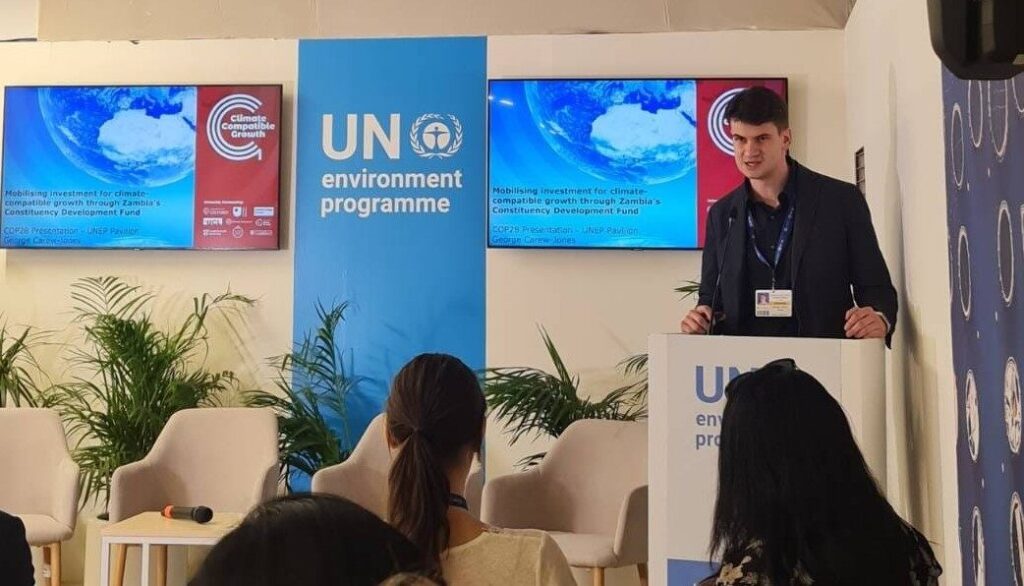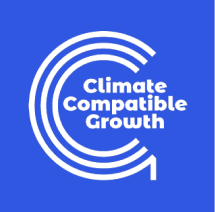Context
The global landscape for climate-compatible growth is significantly influenced by the declining costs of renewable energy technologies, particularly solar power, which holds substantial growth potential in regions like Africa and South Asia. However, progress depends on the effective interaction of three interlinked factors: a supportive policy environment, innovative clean entrepreneurship and the (re)allocation of sufficient capital.
Policy: Barriers to growth include outdated regulatory frameworks, skill shortages and just transition challenges as well as a challenging investment climate characterized by administrative hurdles and macroeconomic risks. Achieving climate-compatible growth necessitates the formulation of supportive public policies that align climate initiatives with economic development goals. Such policies should aim to enhance productivity-enhancing structural change and promote inclusive environmental and social outcomes. While progress has been made in understanding effective policy mixes, further research is needed to identify the most suitable strategies for low- and lower-middle income countries.

Entrepreneurship: Climate compatible growth is not just about technological change, it is also about changing business practices. New forms of private sector involvement to drive sustainable development are gaining in importance. However, it is unclear how different forms of private sector involvement influence this. There is empirical research on the link of business practices and environmental outcomes, but very little evidence for developing countries, and indeed on the attitude of their business leaders towards the environment.
Finance: Access to finance is perhaps the most prominent barrier encountered by green entrepreneurs. Clean technology tends to be capital intensive, even if these costs are subsequently recouped through operational savings. The new business models can also be capital intensive. Working capital is needed, for schemes like pay-as-you-go, which have opened renewable energy to low-income consumers, and energy-as-a-service approaches, which allows energy providers to capture additional values (e.g. by offering food cooling or recharging services).

Research Questions
1. What are the economic opportunities for inclusive growth, in terms of jobs, entrepreneurship and energy access, in different countries and what are the best policies to promote them?
2. What successful business models and strategies are being deployed in delivering inclusive growth in clean energy and agri-technology?
3. What is the public and private funding gap for inclusive climate compatible growth in different countries and what financing strategies are available to close it?
4 How can existing international frameworks (for measuring and reporting impact) be enhanced to make them applicable for projects in Zambia and other CCG countries, and support the mobilisation of additional funding?
5 In Zambia, how can policy-based investment decisions on increasing electricity generation capacity from renewable and other sources be evaluated, to better consider factors like urgency, cost, equity, inclusion; along with climate compatibility?




Prof. Stephanie Hirmer
Research Chair + Equity and Governance Community Co-Lead
University of Oxford




| Title | Type | Countries | Authors |
|---|

